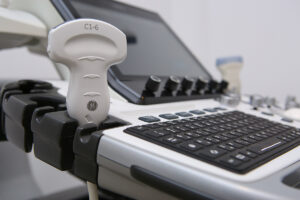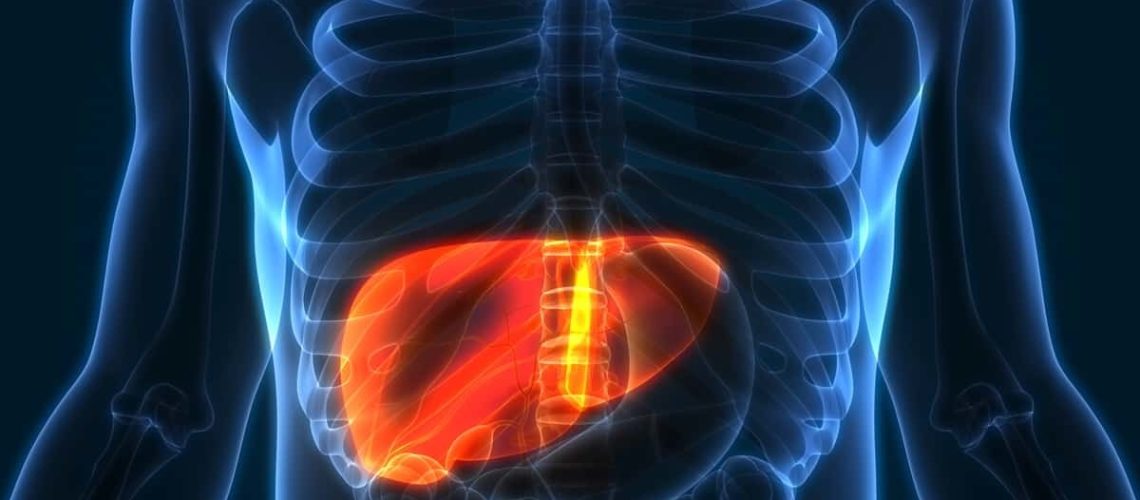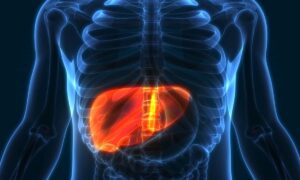
ADVICE ON PATIENTS WITH REFERENCE FOR ULTRASOUND
Ultrasound examination plays perhaps the most important role in primary care of patients, because: 1. It has no radiation or other harmful to the health of the examined side effects 2. It is simple to

The most common pathological finding on abdominal ultrasounds is fatty degeneration of the liver. Although some percentage can be attributed to overdiagnosis due to machine or inexperience of the doctor, the percentage diagnosed with this disease is still very high.
How dangerous this finding is or can be made for patients’ health?
Nonalcoholic Fatty Liver Disease (NAFLD) is the most common cause of liver biochemistry disorders in primary care in industrialized countries. According to the latest research, 20-30% of Europeans have fatty liver filtration (NAFLD), while in America the percentage is around 34%.
Non-Alcoholic Fatty Liver Disease includes simple steatosis, steatohepatitis, fibrosis and cirrhosis of the liver.
Simple steatosis (the vast majority of patients with NAFLD) has a very low risk of developing fibrosis.
Patients with steatohepatitis (15-20%) show increased morbidity and mortality due to the development of cirrhosis of the liver.
This shows how important it is to diagnose patients with early-stage steatohepatitis and fibrosis and to integrate them into new treatment strategies.
Ultrasound examination of the liver, especially elastography, has played an important role in the diagnosis and monitoring of patients with fatty infiltration in recent years.
Interstitial – shear wave elastography is the best studied elastography technique for assessing hepatic fibrosis in non-alcoholic fatty liver disease (NAFLD). This is a test that accurately distinguishes patients without fibrosis data from those with advanced fibrosis / cirrhosis in the population of patients with hepatic fat infiltration.
However, the test has limitations: It gives false positive results in acute hepatitis, extrahepatic cholestasis, congestive heart failure, hepatic amyloidosis and in recent food intake.

Ultrasound examination plays perhaps the most important role in primary care of patients, because: 1. It has no radiation or other harmful to the health of the examined side effects 2. It is simple to

The most common pathological finding on abdominal ultrasounds is fatty degeneration of the liver. Although some percentage can be attributed to overdiagnosis due to machine or inexperience of the doctor, the percentage diagnosed with this

It is a non-invasive technique that measures the elasticity of tissues that is directly related to their histological composition and thus allows us to distinguish a tissue whether it is soft and potentially benign or